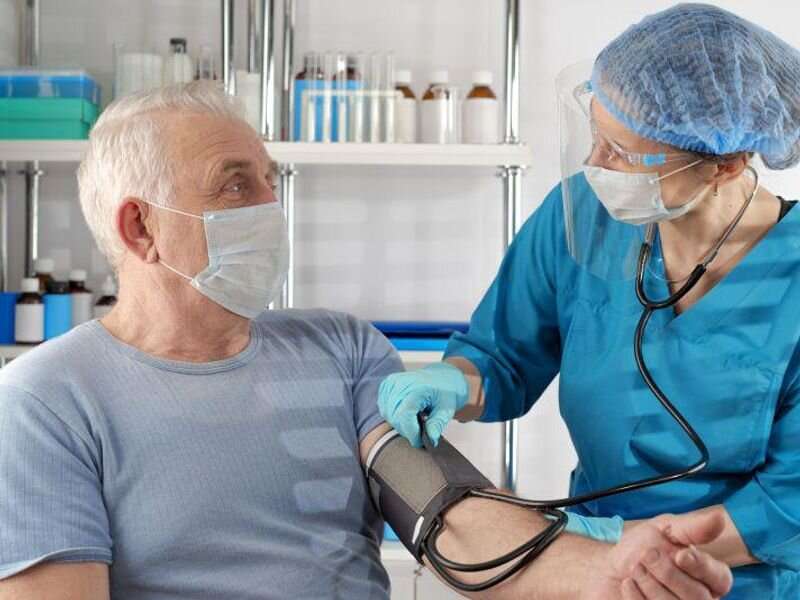

(HealthDay)—Emergency department visits attributed to medication harms are frequent and vary by age for products and intent of use, according to a study published in the Oct. 5 issue of the Journal of the American Medical Association.
Daniel S. Budnitz, M.D., from the U.S. Centers for Disease Control and Prevention in Atlanta, and colleagues assessed emergency department visits for acute harms from both therapeutic and nontherapeutic medication use in the United States. The analysis included 96,925 cases identified in the National Electronic Injury Surveillance System-Cooperative Adverse Drug Event Surveillance Project (2017 through 2019).
The researchers found an estimated 6.1 emergency department visits for medication harms per 1,000 population annually, and 38.6 percent resulted in hospitalization. Rates of visits for medication harms were higher for patients aged 65 years or older versus those younger than 65 years (12.1 versus 5.0 per 1,000). Most emergency department visits for medication harm (69.1 percent) involved therapeutic medication use, except among younger patients (<45 years), who had 52.5 percent of visits for medication harms involving nontherapeutic use. The most frequent medication types associated with emergency visits for medication harms among patients 65 years or older were therapeutic use of anticoagulants (4.5 per 1,000) and diabetes agents (1.8 per 1,000). Among those aged 45 to 64 years, the most frequent medication type was therapeutic use of diabetes agents (0.8 per 1,000). Among patients aged 25 to 44 years, nontherapeutic use of benzodiazepines (1.0 per 1,000 population) was most frequent, while unsupervised medication exposures (2.2 per 1,000 population) and therapeutic use of antibiotics (1.4 per 1,000 population) were most common for children younger than 5 years.
Source: Read Full Article